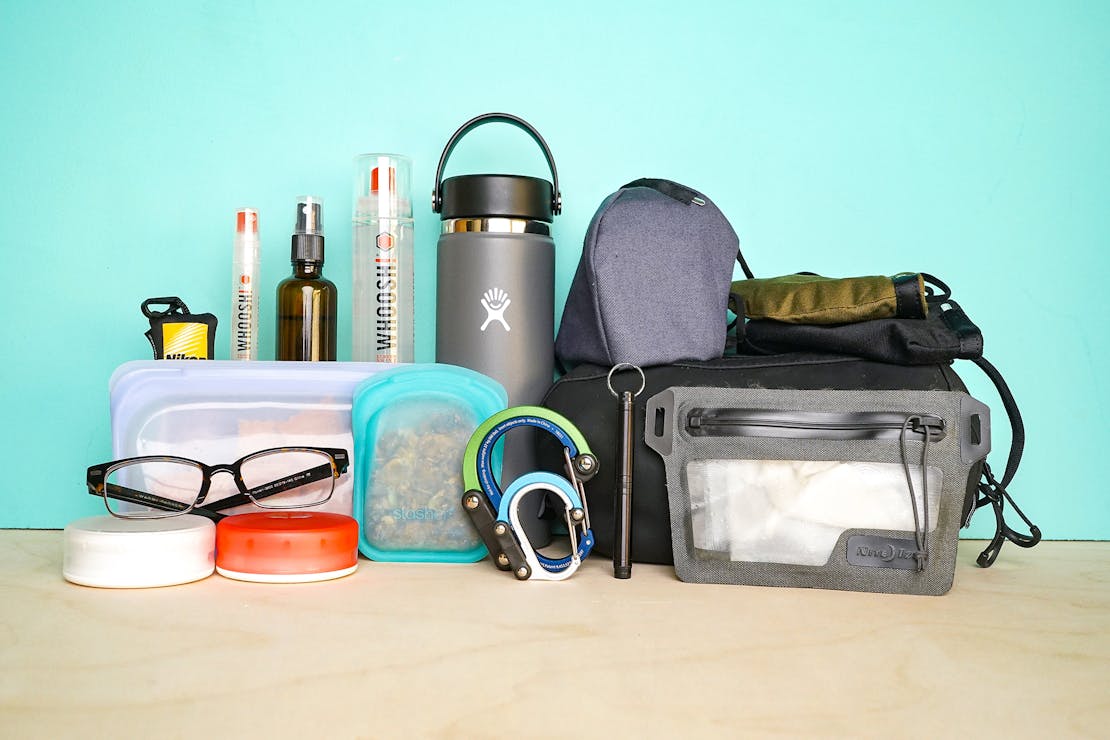What You Need to Travel During Coronavirus
Coronavirus has had a massive impact on the travel industry, and there’s no denying it’s going to change the way we travel—maybe forever. At the time of writing, everything is changing rapidly, but countries are beginning to lift restrictions and slowly but surely people can start to think about traveling again.
So, in this post, we’ve compiled a list of gear to make your coronavirus travel as safe and easy as possible. (It’s better to be prepared, now more than ever.) We’ve focused on air travel, but most of what we cover can apply to travel by train, boat, road trip, or, even everyday life in general.
Note: Regulations and recommendations are constantly changing. We are not medical professionals, so please do not take this as professional medical advice. We recommend that you do your own research and listen to experts in order to keep you (and those around you) healthy.
Without further ado, let’s jump in.
At the time of writing this post, wearing a face mask is mandatory on most airlines, as well as in the airports themselves. For the time being, it’s the new normal—and it looks like face masks are here to stay. Some airlines may provide masks, but we’d strongly recommend picking up your own.
Currently, a lot of gear brands have shifted some production focus to making reusable masks. It seems there is a ton of room for innovation when it comes to style, material, how it secures, etc. and that they will continue to improve as they’re in the public spotlight. We prefer cloth masks since they’re washable, reusable, more robust, and environmentally friendly—and we’ve put together a whole list to help you find one that works for you.
When using your mask, we’ve had luck with cleaning our hands before putting the mask on, before taking it off, and after we take it off also. And try not to touch the front of the mask once it’s on. If you’re in a pinch, you may be able to get away with wearing a buff, but a dedicated face mask—that’s secured over your ears and covers your nose and mouth without any gaps—has a better chance of making sure you’re good to go. Plus it’s comfier, too.
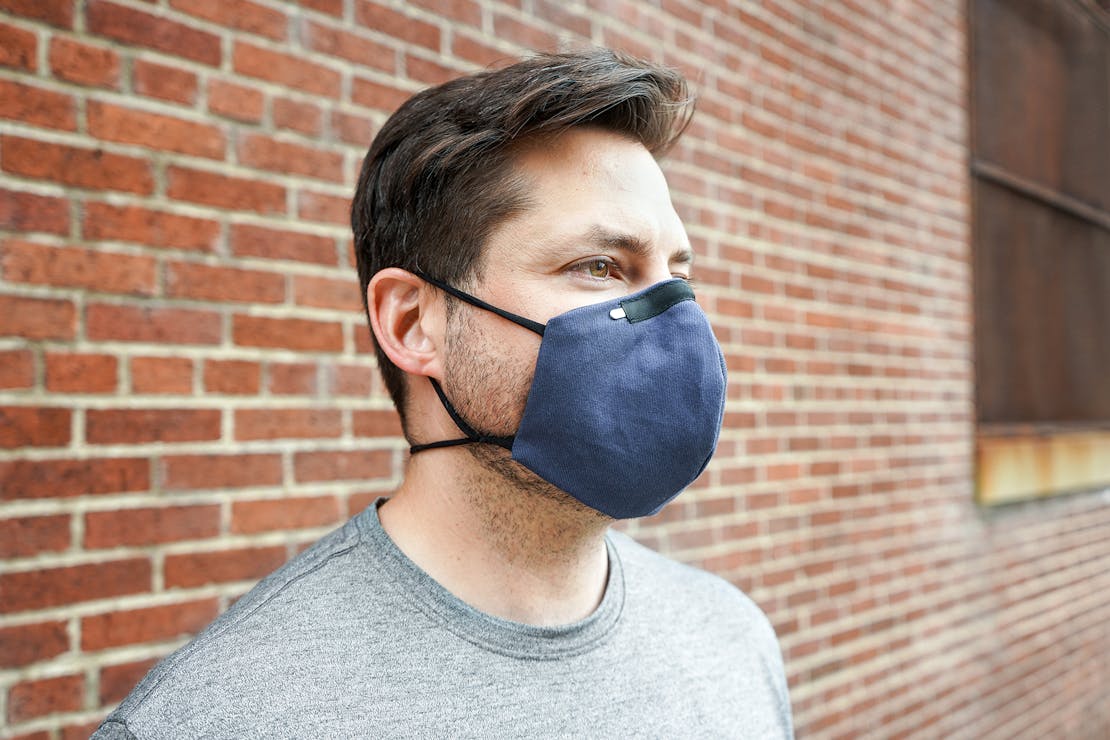
Limiting your contact and interactions with people and objects as much as possible is one of the best ways to minimize the spread. So if you’re the type of person that’s used to borrowing a pen from your seat neighbor to fill out those immigration forms, it may be a good time to start carrying your own. It’s also just a great idea to have a pen on you whilst traveling anyway—they come in handy more often than not and don’t take up very much space and weight in your pack.
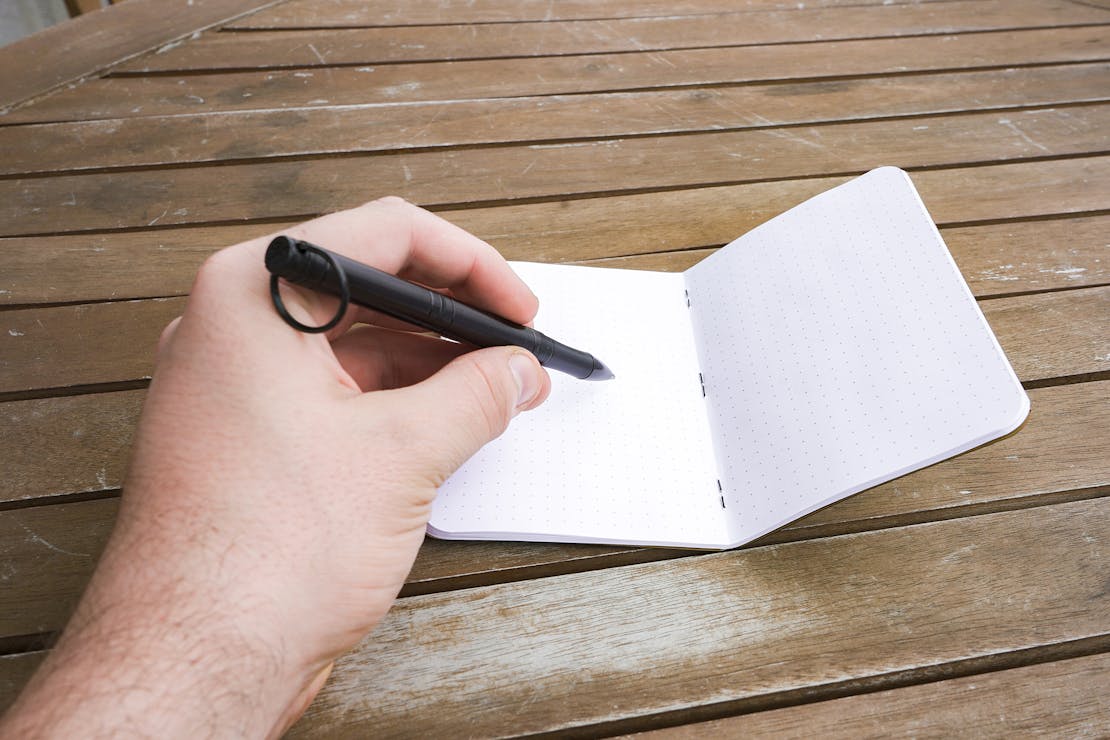
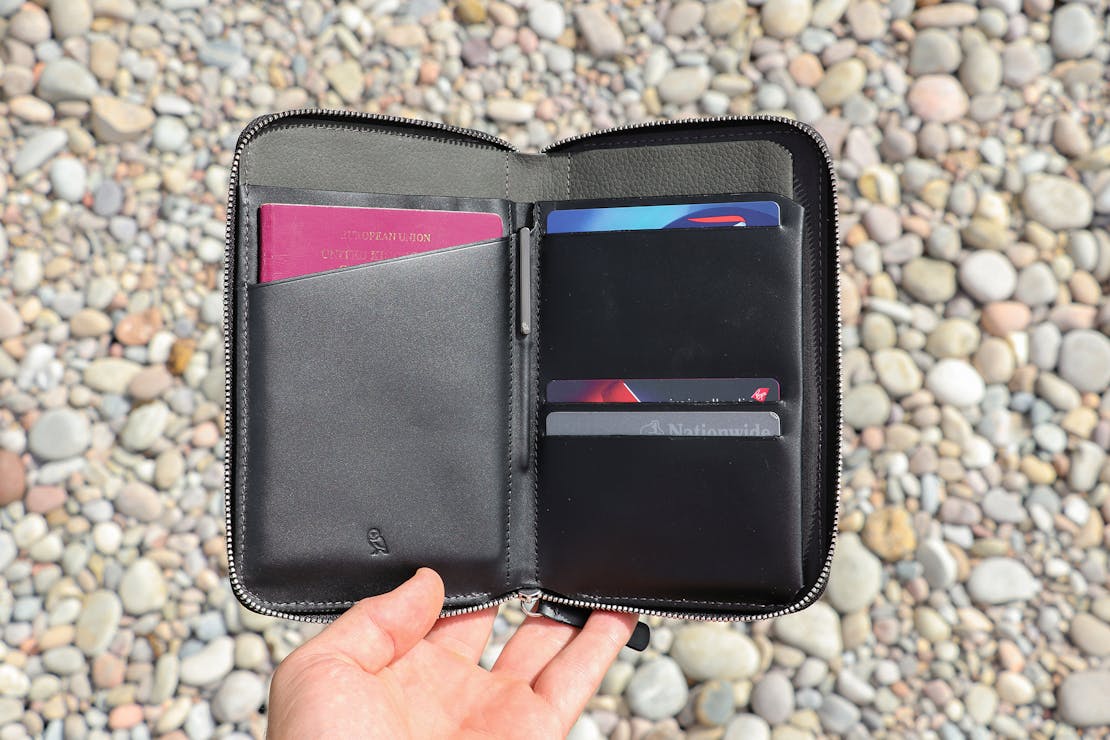
It’s important to stay hydrated while traveling. Buying water in the airport, however, can get pretty expensive (not to mention wasteful when you take into consideration all the plastic bottles being used). Now is a better time than ever to do something that not only helps the environment but also your immediate personal health, too. Additionally, in these uncertain times, you may not always be able to buy a bottle of water—airport shops may be closed or you may be trying to avoid crowds of people by not going into them. Either way, we recommend bringing your own water bottle so you can fill it up using a fountain when you’re through security. That way you’ll know exactly where it’s been, and you can be sure that it’s safe to use.
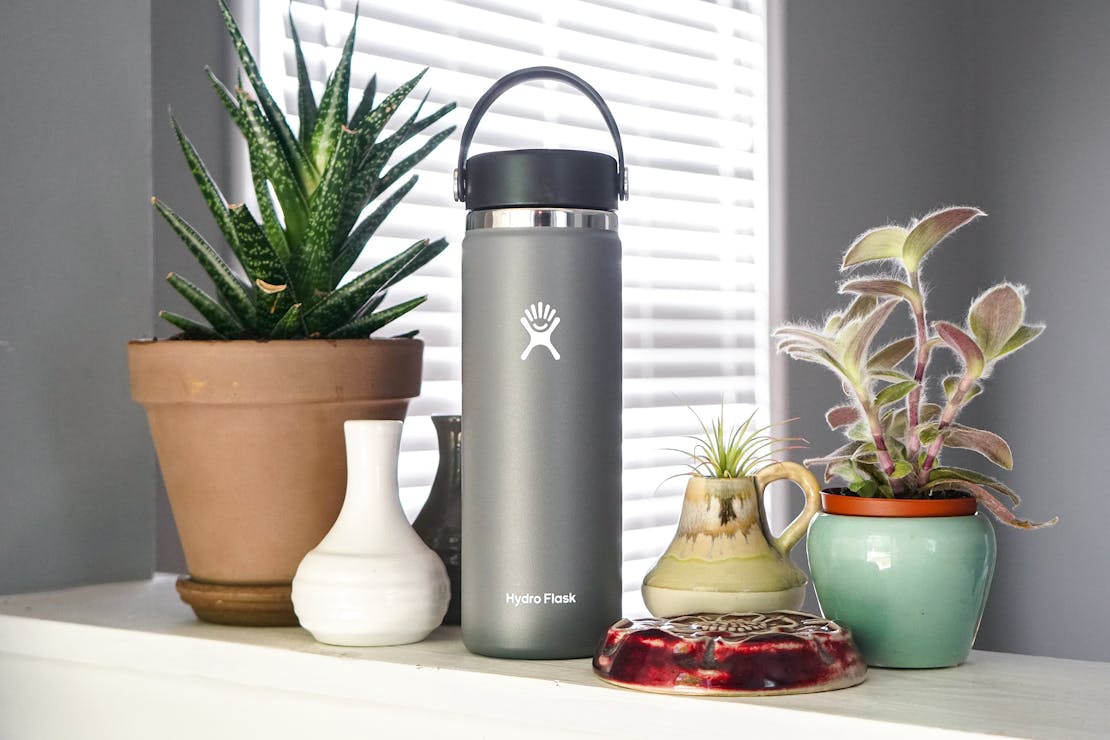
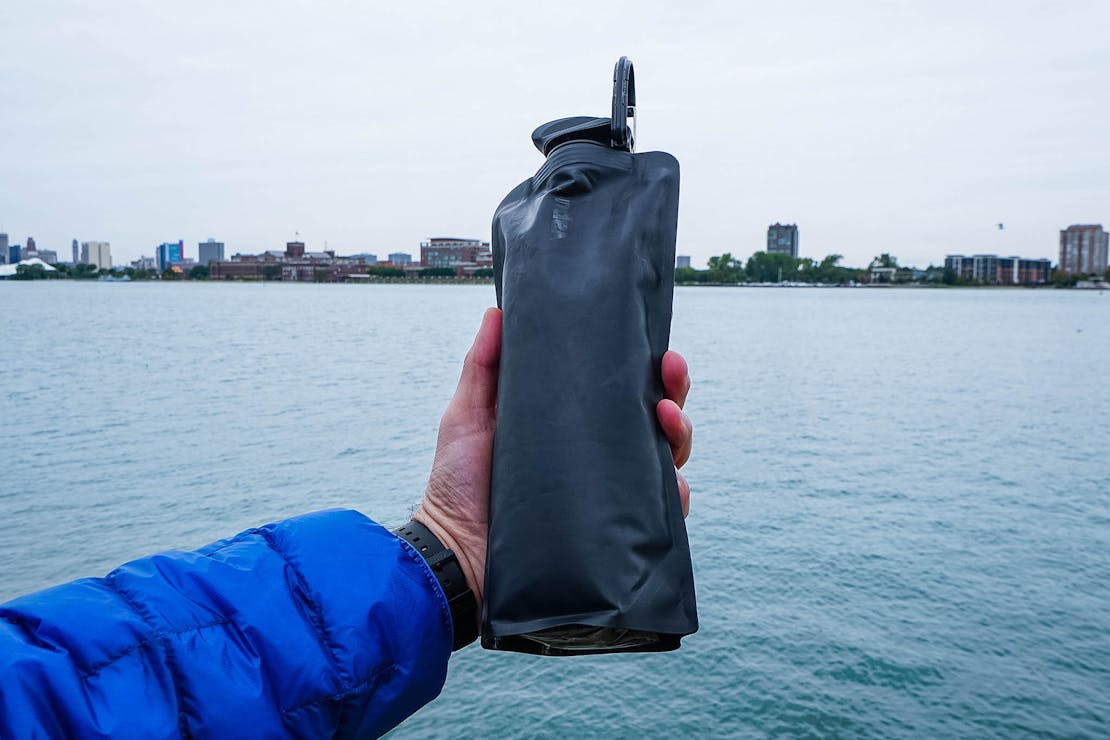
A lot of places, such as airports, have installed hand sanitization stations, but it’s still recommended to carry your own. Especially when you’re in a situation where you may not always have access to a sink to wash your hands with soap and water (like traveling). Keeping your hands clean is one of the best ways to stay safe. And, at the time of posting, the TSA is now allowing you to carry on one bottle of hand sanitizer up to 12 oz (if you can get your hands on some—it’s been notoriously hard to get a hold of recently). Just note that it will need to be screened separately, therefore increasing the time it takes you to get through security.
Now, you can wear gloves if you’d like, but they also get contaminated and can contaminate whatever you touch. The CDC recommends the best way to protect your hands when you’re out and about is to regularly wash them with soap and water for 20 seconds or use hand sanitizer with at least 60% alcohol.
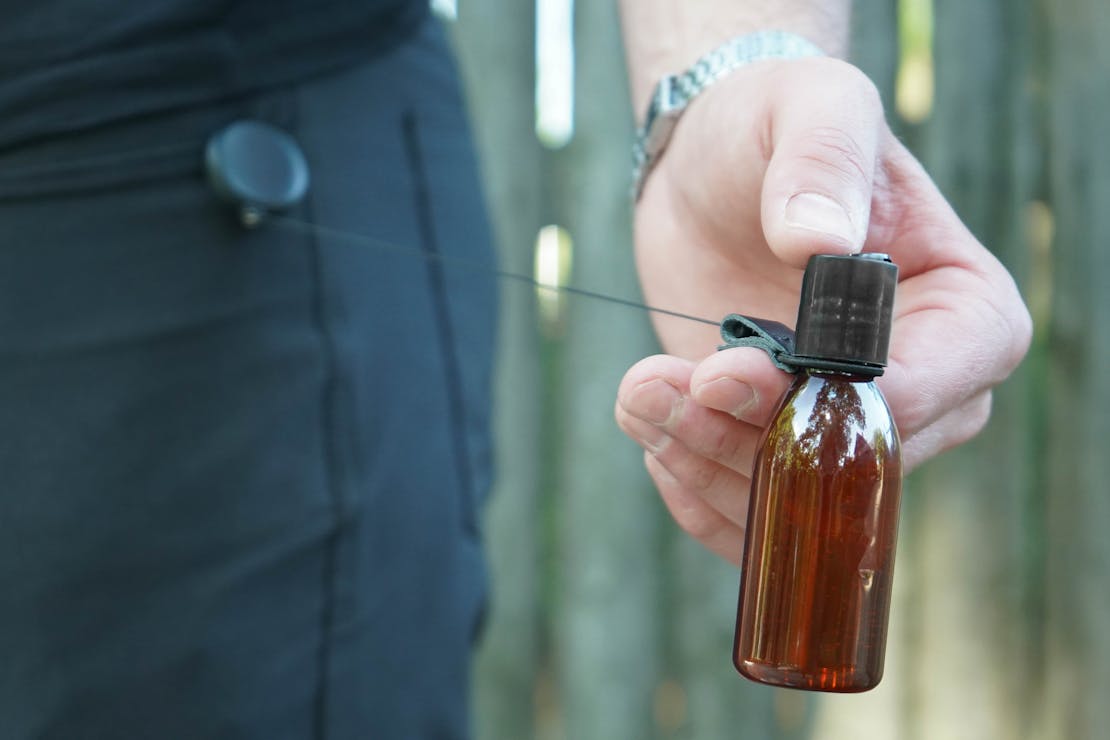

We imagine you already own a smartphone, so you’ll be happy to hear that it’s one of the best accessories you can use when traveling during coronavirus. It can make your check-ins and transactions faster, easier, and most importantly, safer. Here’s how:
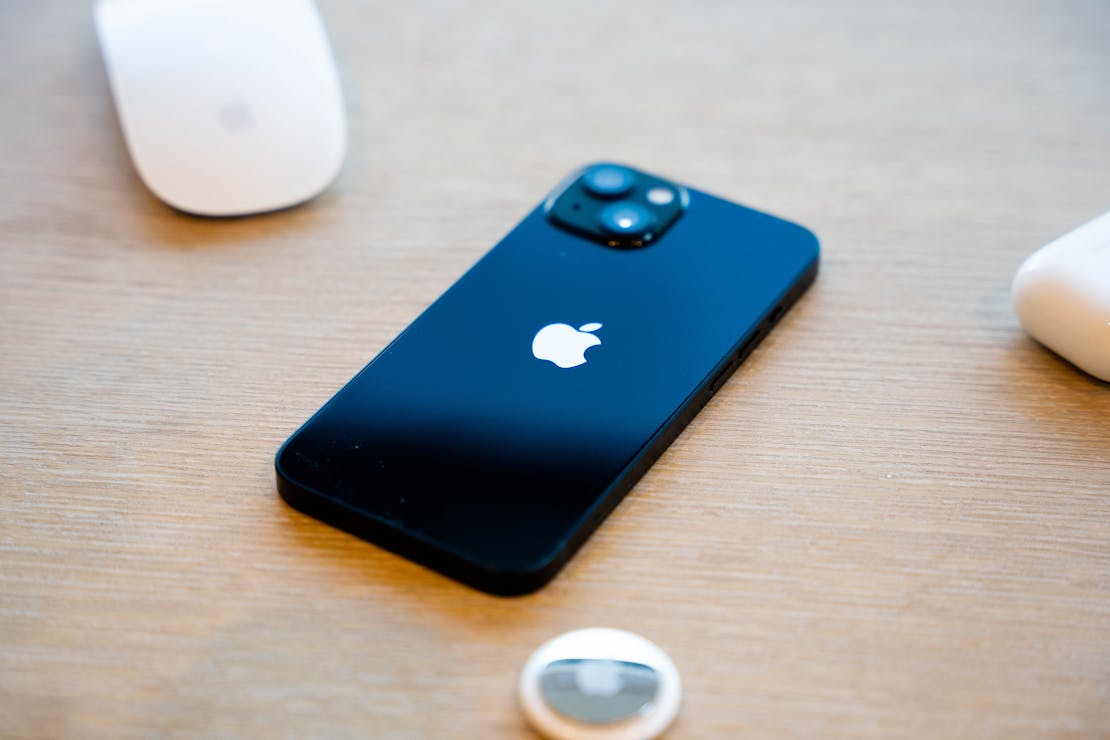
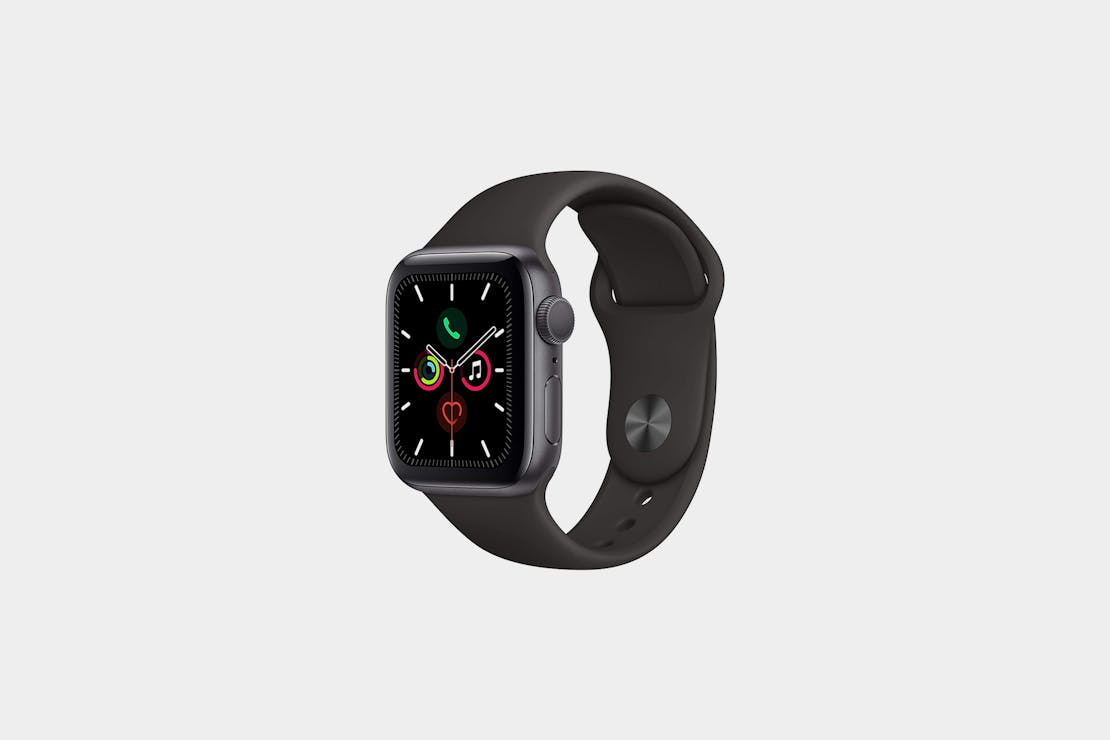
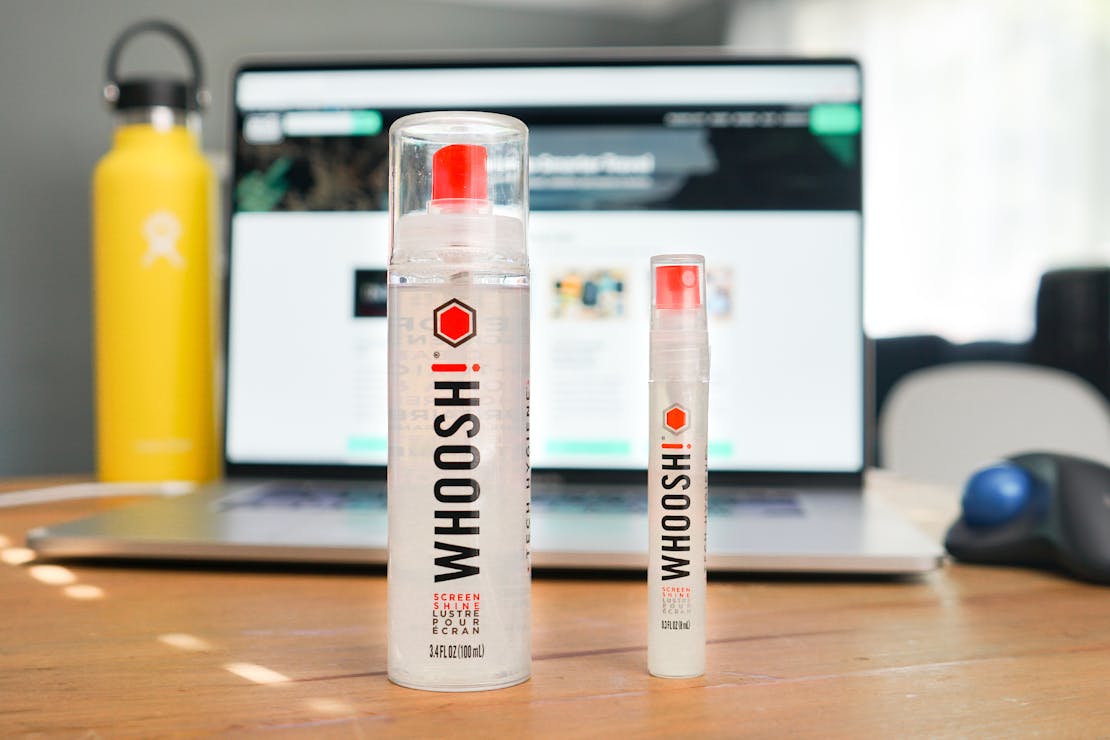
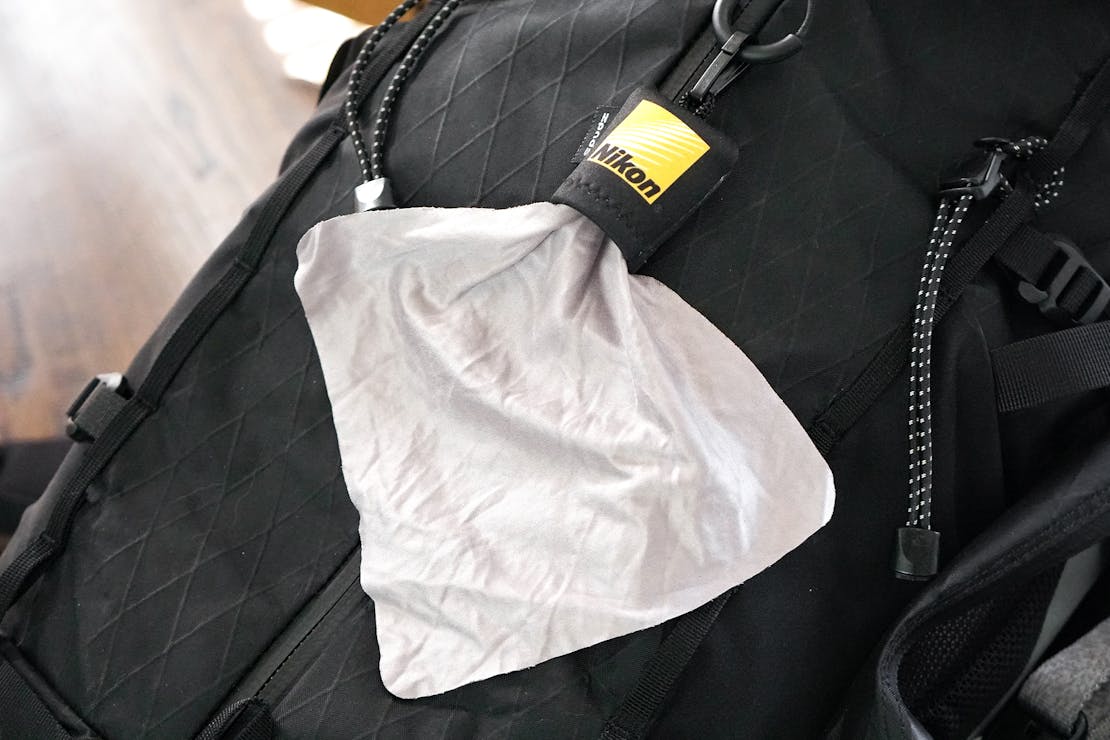
Airlines have introduced extensive new cleaning policies to disinfect aircraft interiors between flights—like using electrostatic sprayers and bringing in cleaning crews to wipe down cabin surfaces. That being said, it’s still nice to carry around your own disinfecting wipes—if you can find them of course, which is proving to be a little tricky at the moment. If you can, pick up a travel-friendly package that’s not too big. When you sit down in your seat, these things are great for wiping down hard surfaces like the tray table and infotainment screen in front of you—and your phone, as we mentioned earlier.
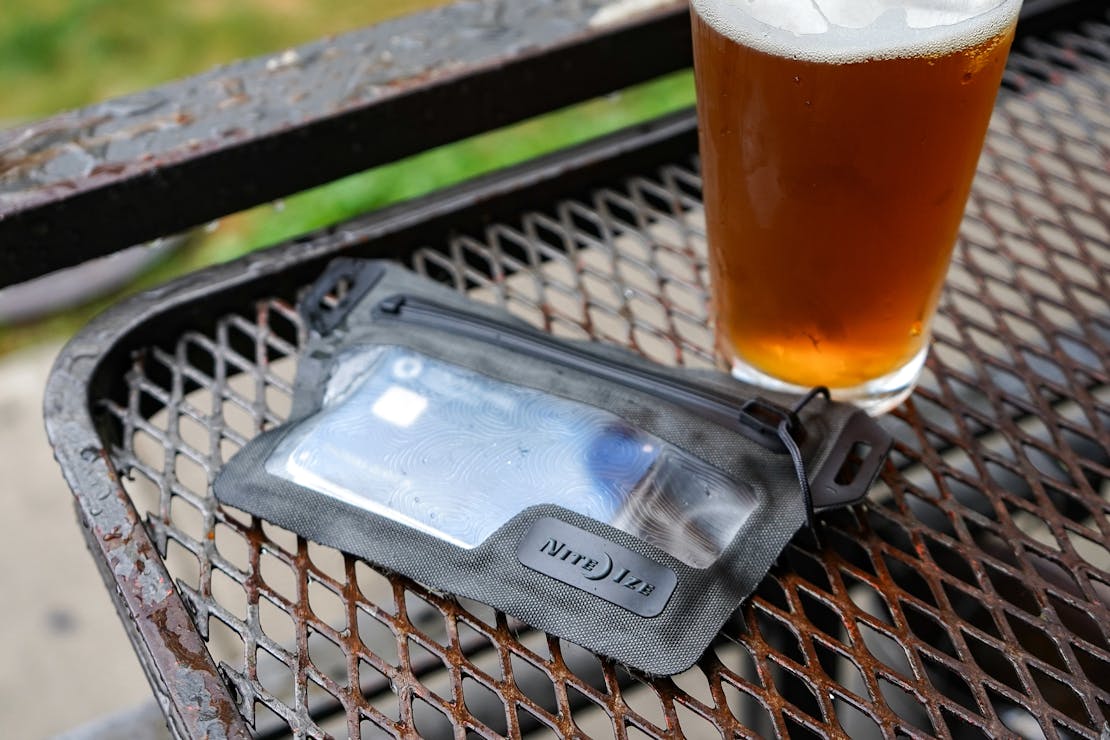
Wearing glasses offers nowhere near the same level of protection as a full PPE face shield does, but they do cover the front of your eyes and can help you to stop touching your face. After all, every little bit helps, and it’s an extra level of protection that isn’t too intrusive. If you wear glasses already, good news—you’re covered! (We have a pair of prescription glasses from Warby Parker, which we’re digging.) If not, you can wear your sunglasses, but all things considered, that’s not overly practical inside an airport. You can also opt for blue light glasses. We’ve been interested in the benefits of blue light glasses for a little while now, and although the jury is still out on just how great they are, they are a good solve for this particular problem. And if they help with screen glare and eye strain from electronic devices, then all the better.
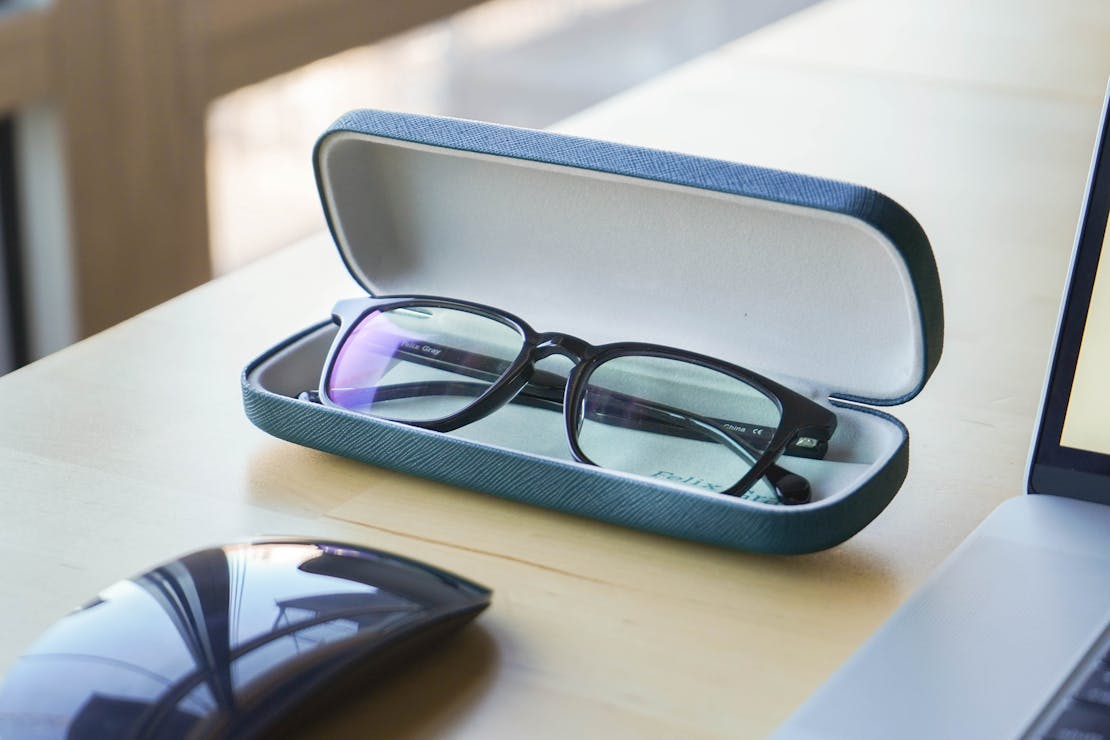
At the time of writing, lots of airlines are only running a limited food service on their flights. And restaurants and shops inside the terminal may not always be open. You may also not want to get food as that means standing in a line, or walking into a busy shop, and being around a crowd of people. However, we all get hungry during travel, so we’d recommending preparing your own snacks.
If you want that real airline feel, you can bring along some pretzels or cookies. We generally recommend avoiding bringing peanuts because some travelers may have deadly peanut allergies (which is why they’re not served on every flight). Whatever you do decide on, we recommend something with a longer shelf life—while fresh fruits and veggies might be better for you, they don’t always travel well.
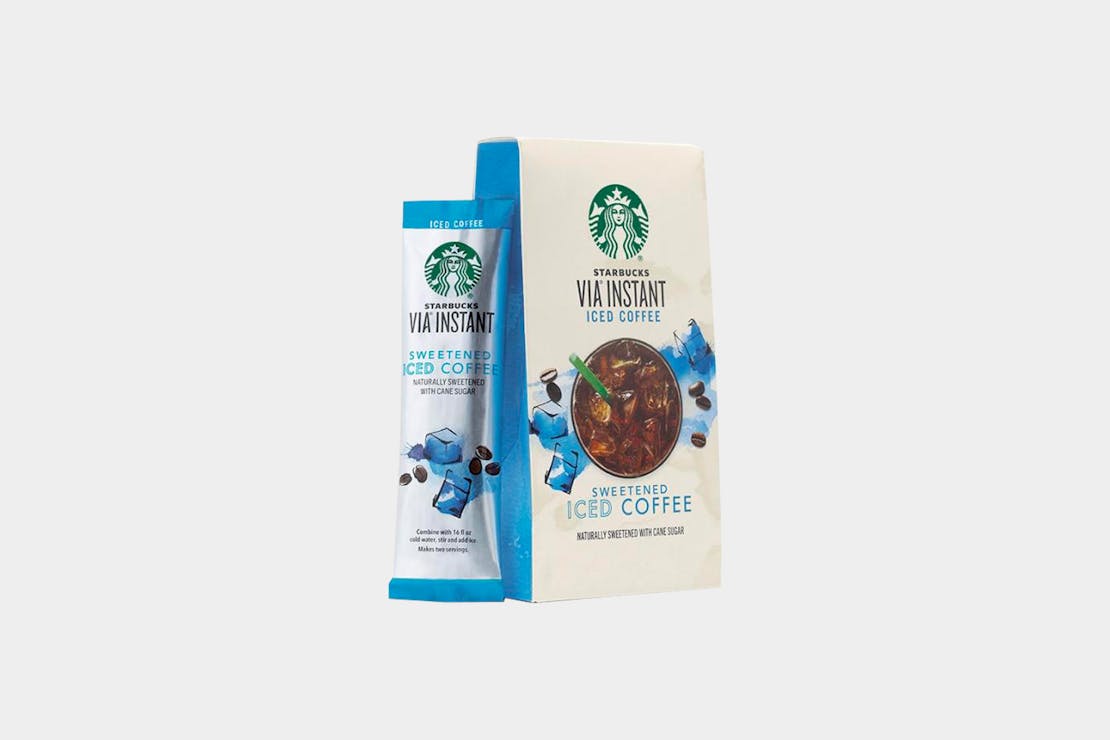
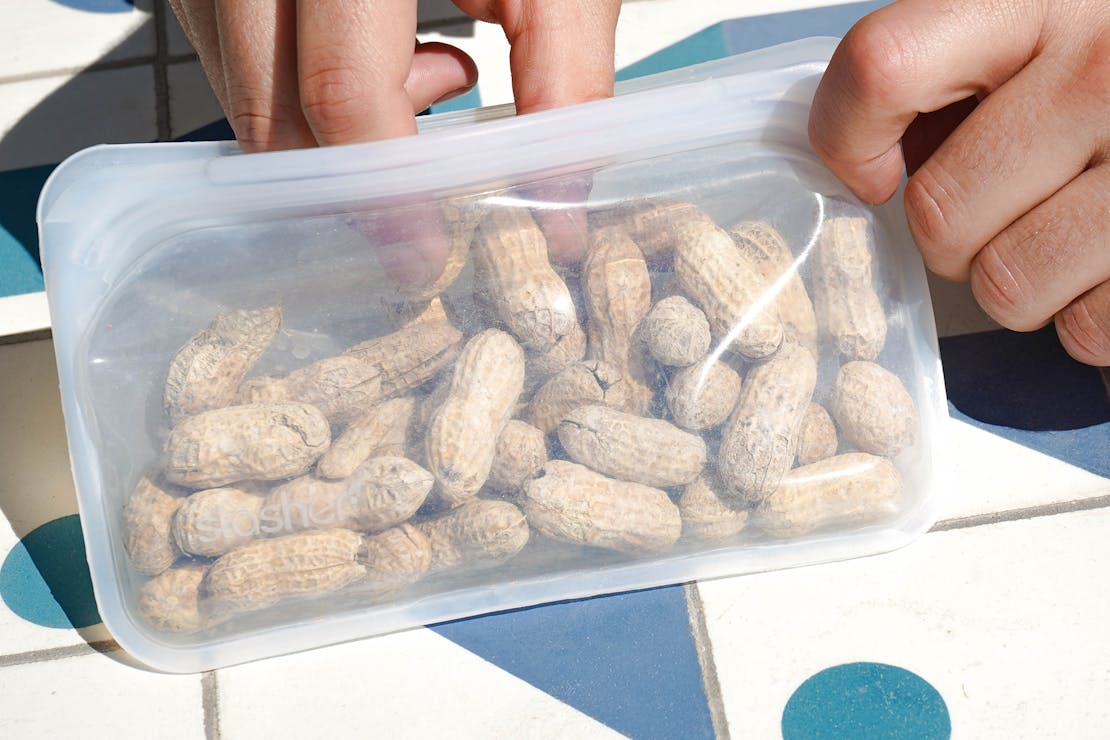
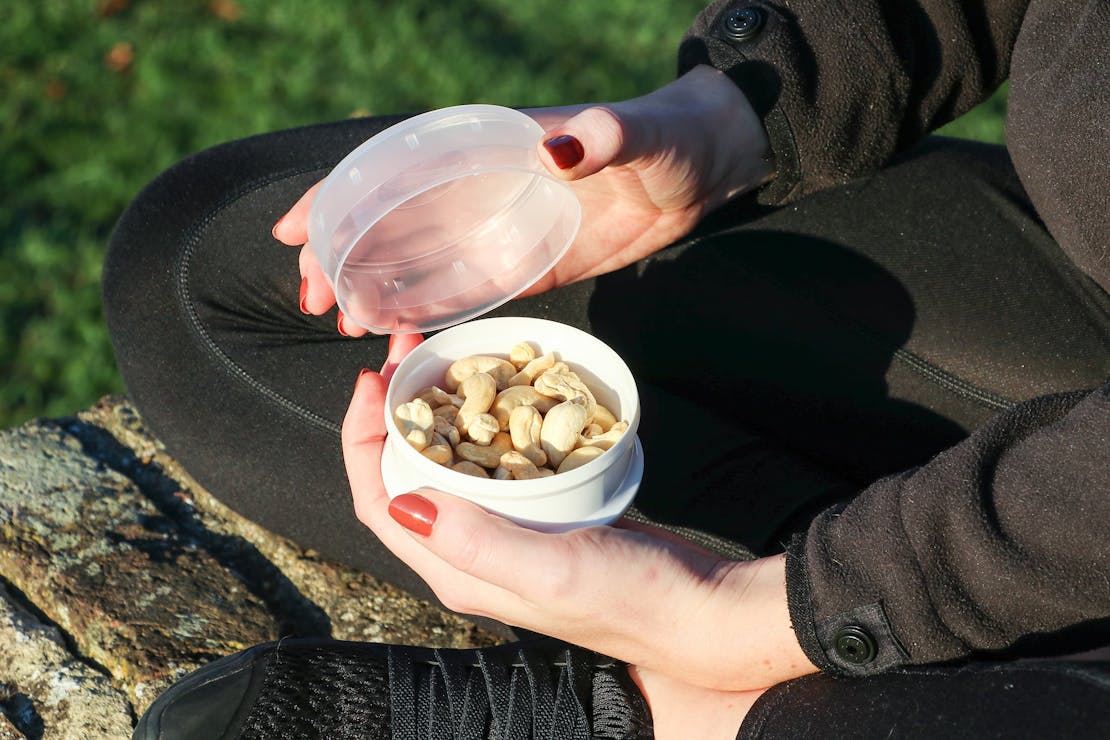
At the time of posting, Emirates Airlines is limiting carry-on luggage and other airlines could follow suit. We’re big advocates of carry-on travel, but it’s a great idea to pack up a sling with all of your in-flight essentials—phone, passport, wallet, hand sanitizer, headphones—so you can check-in your carry-on effortlessly if you are required to do so by the airline. Even if you can carry-on your pack, it’s a good idea to use a sling as a personal item anyway. You can keep your pockets empty to help breeze through security faster. Once onboard, you can keep it in the seat pocket in front of you so you don’t have to get anything from the overhead bins, as staying in your seat and limiting your movement around the cabin as much as possible is highly recommended.
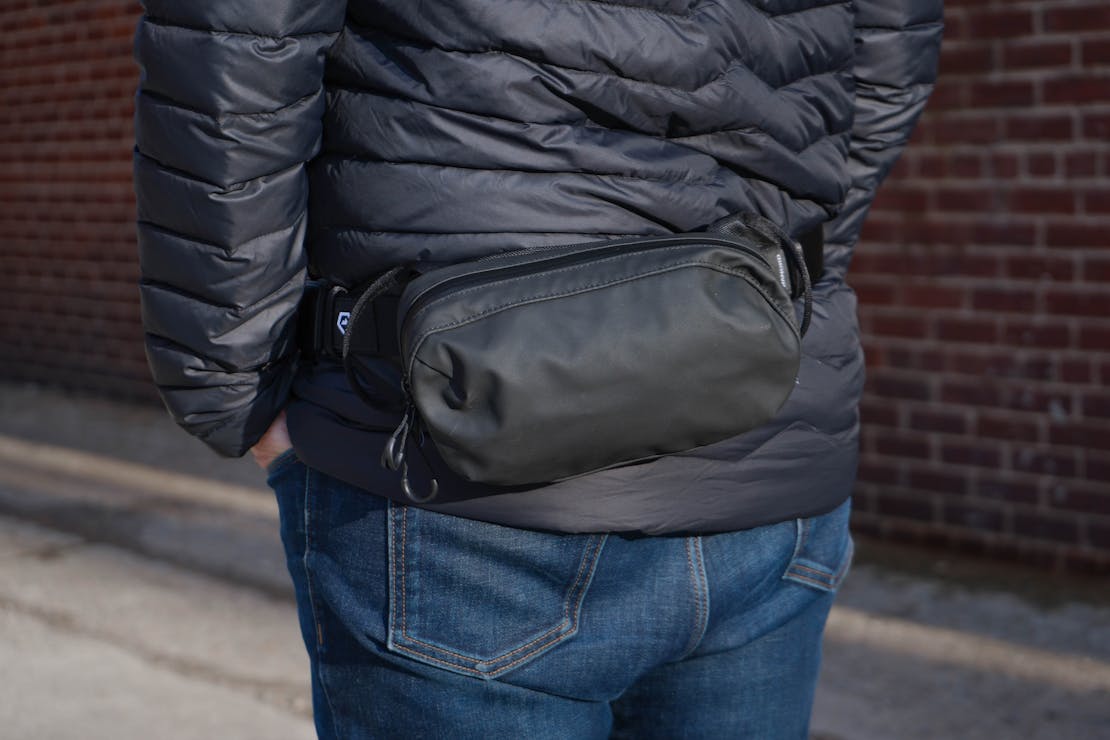
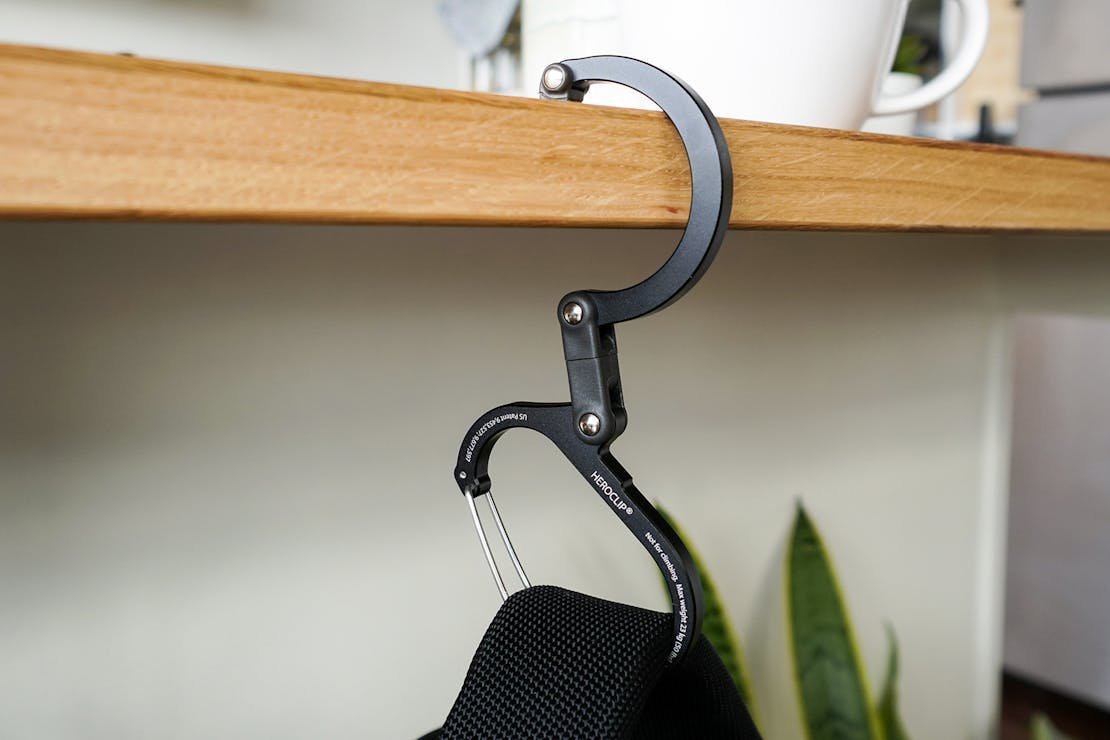
Safe Travels!
So there you have it—some travel accessories and tips for traveling during coronavirus. If you’re looking for everything else to pack, check out some of our packing lists and gear reviews. And, again, regulations and recommendations are constantly changing so make sure to do some research before traveling and listen to the medical experts. We wish you safe travels!
